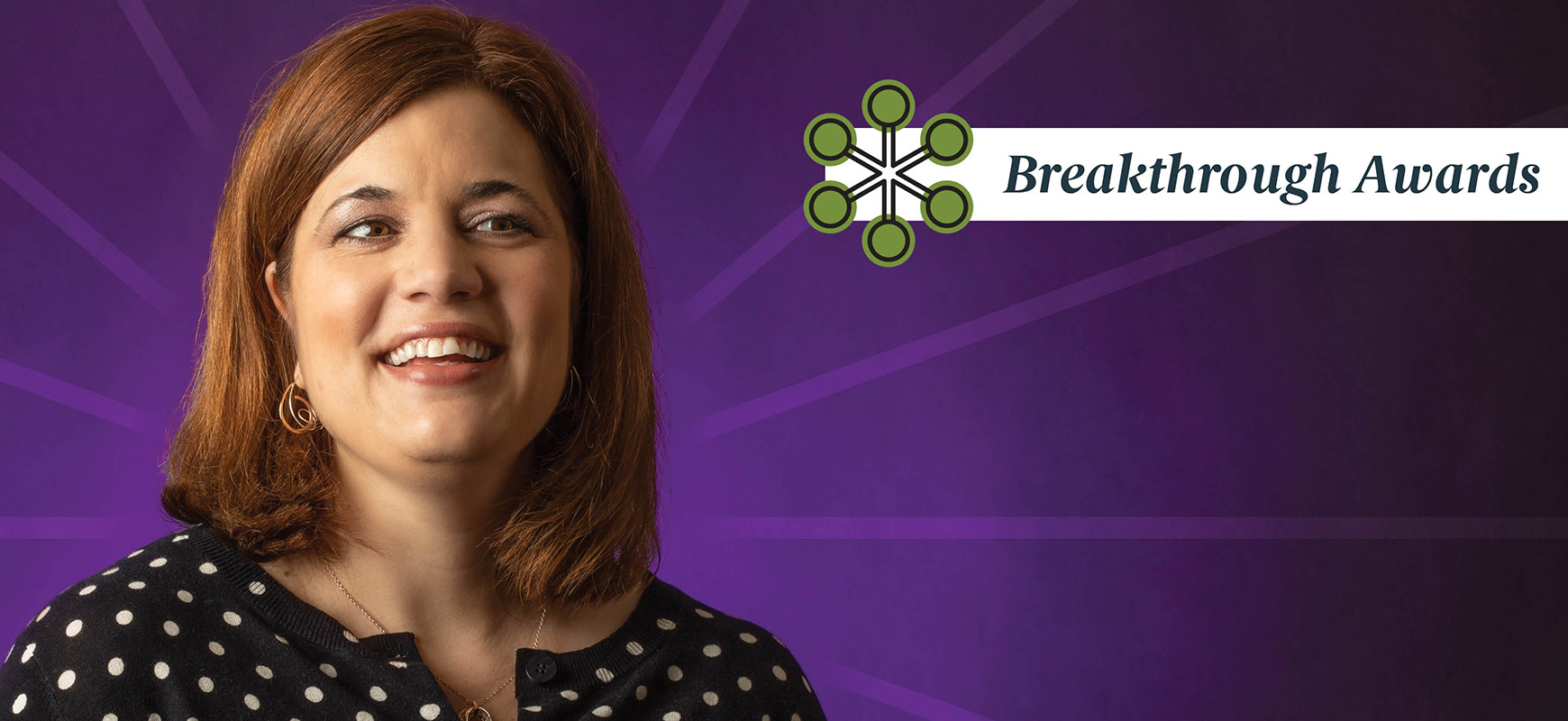
Reading the signs
Speech and language scientist identifies children struggling with reading and comprehension
Posted on: April 26, 2019; Updated on: April 26, 2019
By Chris Horn, chorn@mailbox.sc.edu, 803-777-3687
Why do some children struggle to read words while others struggle to make meaning of the words they’ve read? More importantly, why do some of those struggles not even get noticed in a timely manner?
“A lot of our work has been on understanding why they haven’t been noticed yet, so when we say we’re trying to identify kids early, we want to identify them before the problem is too big,” says Suzanne Adlof, an associate professor of communication sciences and disorders in the Arnold School of Public Health.
Kids who have trouble reading typically have challenges either deciphering the words themselves or with the overall meaning of what they’ve read. Identifying which camp they’re in informs the intervention that’s needed, Adlof says.
A lot of early speech difficulties resolve and the children turn out fine in their ability to read.
Suzanne Adlof, communication sciences and disorders
“Some kids understand the meaning of the text if it’s read to them or they hear it on an audio book — but it’s too taxing or takes too long to read the words themselves. These children can benefit from explicit and systematic instruction in how to decode print, based on letter and sound relationships,” she says. “On the other hand, a child who has mastered these skills but struggles to understand the text doesn’t need more decoding instruction. They need more instruction on understanding how sentences are put together and inferring the meaning from text.”
The good news is that there are valid interventions, Adlof says, adding that the evidence for success is strongest for using systematic instruction in letter and sound relationships to teach children how to read words. “The sad part is that the uptake of that evidence has been limited — a lot of educators aren’t using it. So as part of our outreach, I and others in the department want to facilitate the uptake of good instruction.”
Language and reading difficulties have a genetic component, and children who have a family member with a language or learning disability are more likely to have reading difficulties than children without a family history. Speech articulation is another early risk indicator of future reading challenges, Adlof says, but neither of these risk factors is a determiner.
“Just like in medicine, high blood pressure puts you at greater risk of having a heart attack, but it doesn’t guarantee that you will have one, especially if you take steps to manage your health and do other things right,” Adlof says. “A lot of early speech difficulties resolve and the children turn out fine in their ability to read.”
Adlof’s childhood interest in teaching gave way in high school to a broader desire to help people learn. Because of her own hearing loss, Adlof was seeing an audiologist who told her about the field of speech pathology. “As an undergraduate, I pursued speech pathology, and as I got into it, I started doing research and realized I wanted to be a researcher in this field,” she says.
Adlof’s own children — twin boys who are nearly 4 years old — provide a personal connection to her research. “I pay really close attention to their speech and language development,” she says. “They give me lots of good stories and examples for teaching courses on language development.”
Share this Story! Let friends in your social network know what you are reading about